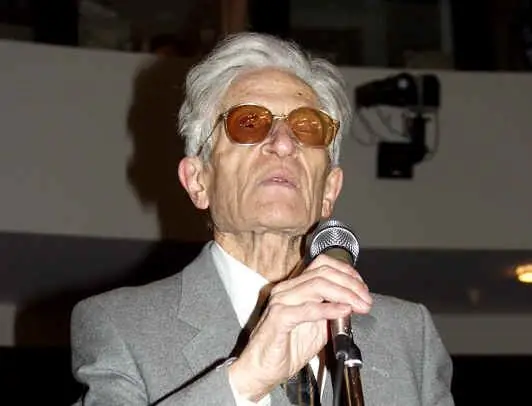- Author Antonio Harrison [email protected].
- Public 2023-12-16 07:44.
- Last modified 2025-01-22 21:44.
How often, driving along Antonov-Ovseenko Street, did anyone wonder why the street was named after him?

Meanwhile, there is a whole dynasty of Antonov-Ovseenko, which occupies a prominent place in Russian history.
Who are the Antonov-Ovseenko?
Anton Vladimirovich's father, a well-known revolutionary, writer (pseudonym - A. Galsky) was first a Menshevik, then joined the Bolshevik Party, and after the 1917 revolution he was a statesman, as he had a legal education. Like many at that time, he was shot in 1937. Anton's mom spent 7 years in Stalin's camps and committed suicide.
Anton Vladimirovich was born in 1920 in Moscow. This means that at the age of nine he lost his mother, and at the age of 17 - his father.
Therefore, the childhood of the future writer was spent in pioneer homes and orphanages. Despite this, after school years, he entered the Moscow Pedagogical Institute at the Faculty of History and four years later graduated from it. Already in the last year of the institute, he began to earn money - he conducts excursions for visitors to art museums and exhibitions.
In order to go to college and find a job, Anton had to abandon his father - at that time it was a very common practice.
Nevertheless, he himself did not escape arrest, and he was taken four times: as the son of an enemy of the people in 1940, then at the very beginning of the war in 1941, the third time in 1943, the last in 1948. Anton Vladimirovich himself recalled that in his biography "13 years of camps and prisons, from Turkmenistan to Vorkuta, right up to 1953".
Life after the camps
After his "imprisonment", Anton began a "merry life" - the life of a cultural organizer in sanatoriums in the south of the Soviet Union, where vacationers had fun all summer. Apparently, at that time, ideas about the disclosure of Stalin's role in the history of our country were ripening in his mind.
He was a consistent anti-Stalinist, was one of the people who demanded criminal responsibility for the propaganda of Stalinism, collected archival materials about Beria and Stalin, and was going to publish them. For this he was arrested again in 1984 and evicted from Moscow. But two years later, all the materials were returned to him and he was allowed to return to the capital.
After that, Anton Vladimirovich became the head of the Union of Organizations of Victims of Political Repression in the Moscow Region. He also founded and became the first director of the State Museum of the History of the Gulag. In the collection of materials about Stalin's activities and his exposure, in fact, his whole life passed
Personal life
The personal life of Anton Vladimirovich in the media is very sparingly covered: it is known that his wife was Natalya Vasilievna Knyazeva, and in 1962 their son Anton was born. He became a journalist, editor, is also engaged in business in the field of printing, he has two children.
Anton Vladimirovich Antonov-Ovseenko lived to be 93 years old, was buried at the Novodevichy cemetery.






